Writing a funding proposal may not sound like much fun, but it is a critical hurdle that most entrepreneurs will have to clear at some point. And on the plus side, if you do, they have the potential to help rapidly expand your business.
These proposals needn’t be complex, bloated documents, however. Skip the padding, and head straight for bullet points, hard facts, and honest, realistic projections. Potential funders may read dozens of documents like yours each month, and the quicker you can cut to the chase – and demonstrate why you’re worthy of their time and money – the better.
Keep in mind there are many ways to raise money for a business – and many ways to structure a funding proposal. So if you’re serious about getting it right, there are extensive resources out there you should probably be reading.
With that said, the following is critical information to include that will keep your funding proposal concise and on point give it a good chance of success:
How to create a compelling funding proposal overview
A proposal overview, or executive summary, should quickly capture the potential investor’s attention.
Tell the reader about your business, but keep the emphasis on summary – there’s an opportunity to expand upon important details further in your proposal.
This should be a high-level overview of what you do, who you target or serve, your core goals and achievements, value proposition, and an overview of your financial situation.
You may also want to use this opportunity to briefly tell potential investors exactly why you are looking for funding, and how much you’re looking for – which you’ll expand upon later.
Explain, in detail, what it is you’re offering a potential funder
Dedicate a section to explain the opportunity that you’re offering the potential funder. Readers should arrive at the end of this section with a clear understanding of what makes your business or project a worthwhile investment (and why you’re better than the competition).
Although this section might deal with complex information, it’s possible to keep it punchy by using specific, relevant data. Some information you may want to include:
- Details of your product or service
- Why your product or service is better than your competitors
- Stats on the total available market, and how much of this you currently target
- What share of the market you believe you can convert
If yours is an established business, you can include concrete facts on your market share,and then expand into goals and objectives. New businesses may not have a long history to share, but a direct breakdown of who you believe to be your key customers, and why and how you are targeting them, is also important.
Crunch the numbers (and be transparent about them)
A funding proposal can live or die on the nitty-gritty details of your current financial situation. This is one section where you shouldn’t hold back on providing details that will show potential investors why yours is a worthy project to back.
Central to this section is what your business has achieved to date, in hard numbers, and how you project will grow going forward. Detailing your company’s profitability is a good place to start – and don’t forget to include information on aspects like income, cash flow, and your balance sheets.
New businesses might be light on this kind of important information – in this case, be upfront about your history and include clear and detailed statements of your current income, and chart how you see your business progressing going forward.
Prospective investors will also want to know how much debt your company already has – and how you intend to pay them back, depending on the type of funding you’re after. There are many ways to structure funding or a loan agreement depending on its purpose, but a convincing and realistic repayment plan may set the investors at ease.
Detail what you need from an investor, how you’ll allocate the funds, and the timeline you envision following
It’s critical to make it clear what it is that you are asking of your potential investors. State what your funding request is, and if or when you anticipate needing any additional funding in the future.
A detailed plan with timelines, deliverables, and projections that show how you intend to spend the money will give you the best chance of securing funding. Don’t simply ask for a handout. For example, show the investor how you will use the funds for new machinery to increase production, or to expand your product line, hire new staff as your business grows, or for a comprehensive marketing plan to acquire new customers.
If you’ve managed to convey the above information clearly and concisely, all that remains to be done is to show just how the new funds will not only grow your business’s profits, but also how the funding will deliver returns for those who invest.



